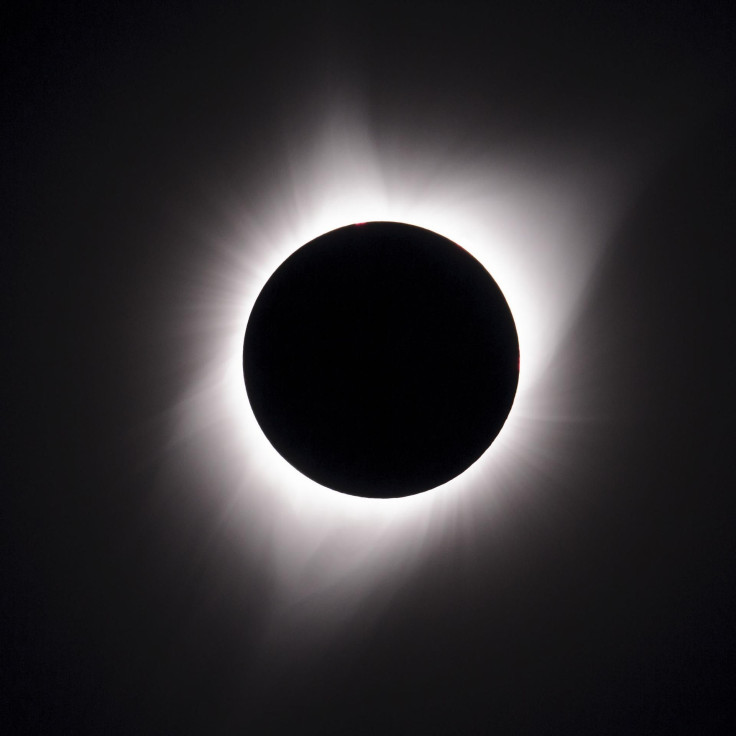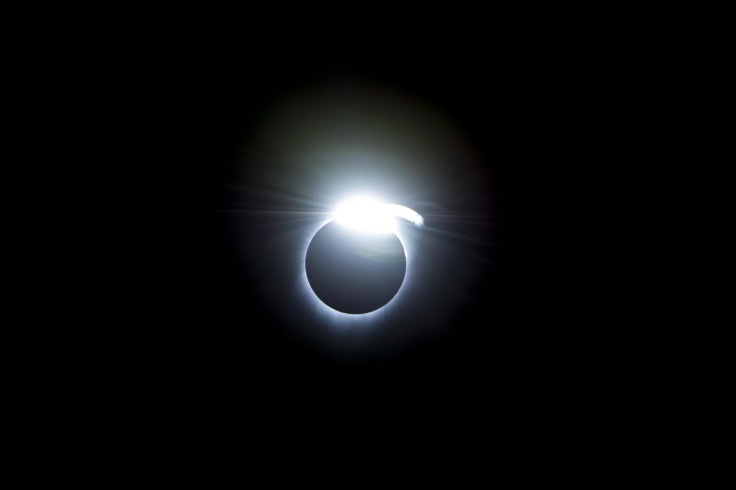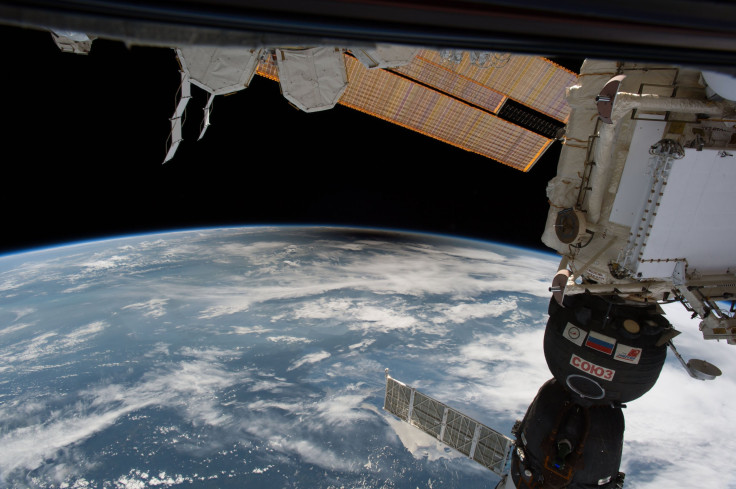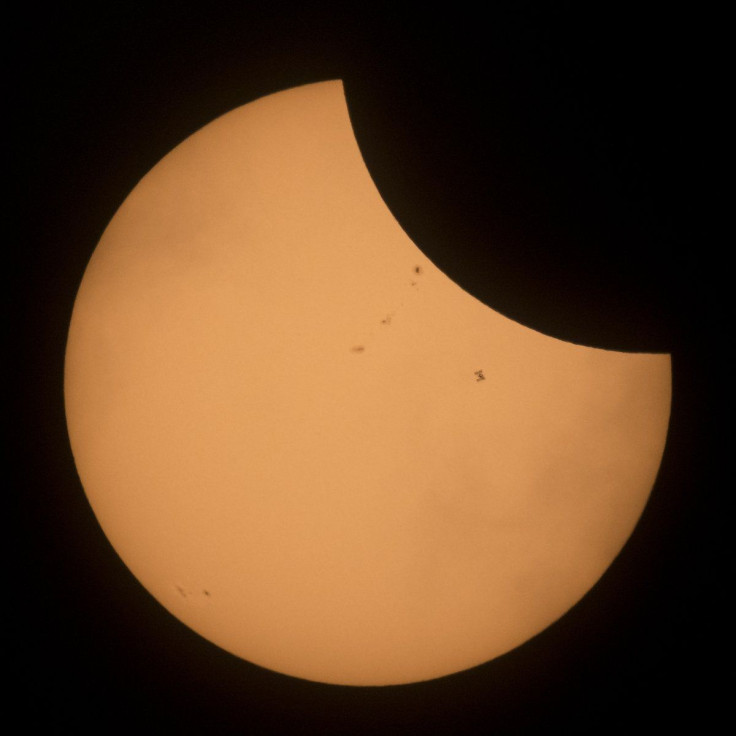7 Incredible Photos NASA Took Of The Solar Eclipse

During Monday’s total solar eclipse NASA had employees and volunteers all across the country collecting data, working on experiments and recording the day’s events with photos and video. The Agency ran 11 different experiments all across the country and asked average citizens to report data from their location for further research as well.
All of this was then recorded by NASA satellites, photographers and videographers on the ground, in the air and in space, who all documented the entire day and now those photos are available online.
One experiment NASA ran from in the air. An airplane carrying NASA administrators as well as a camera flew before, during and after the eclipse with one of its sides angled towards the sun. This allowed photographers in the plane to capture the moment the moon completely covered up the sun from what looks like a level position. The photo from the air shows the clouds and the horizon as well as the covered sun, it was taken 25,000 feet above the coast of Oregon.

This composite photo was taken in Northern Cascades National Park in Washington state by NASA photographer Bill Ingalls. From the point where this photo was taken only a partial eclipse was visible but it made for a great photo as the eclipse progressed.
Meanwhile in Oregon at the Oregon State Fairgrounds at the moment of totality this photo was taken. The moon is blocking most of the sun’s light but the gas around the sun is illuminated in white light this area of the sun is also called the corona.


In the moments just before and just after totality a bit of the sun peeks out from behind the moon giving it what is called the “diamond ring” look. The light is coming through a valley on the moon.

On the International Space Station 250 miles above the surface of the Earth the astronauts on the station were viewing the eclipse as well. They took this photo of the shadow the moon cast on the Earth.

The ISS was also caught on camera during the eclipse. This photo shows the station drifting in front of the sun and the moon on the day of the eclipse.

NASA is still working on collecting and analyzing all of the data it collected during the eclipse. But if the photos are any indication of how much NASA was able to learn by taking photos from several levels in the sky including outer space it’s sure to give new insight and maybe even raise some new questions.
© Copyright IBTimes 2025. All rights reserved.


















